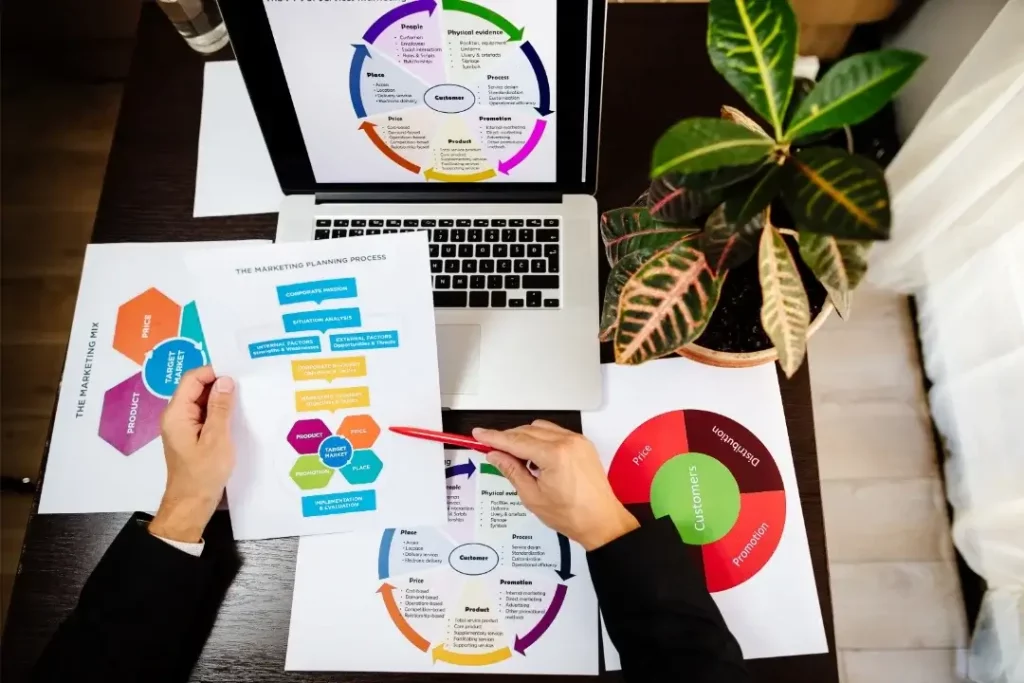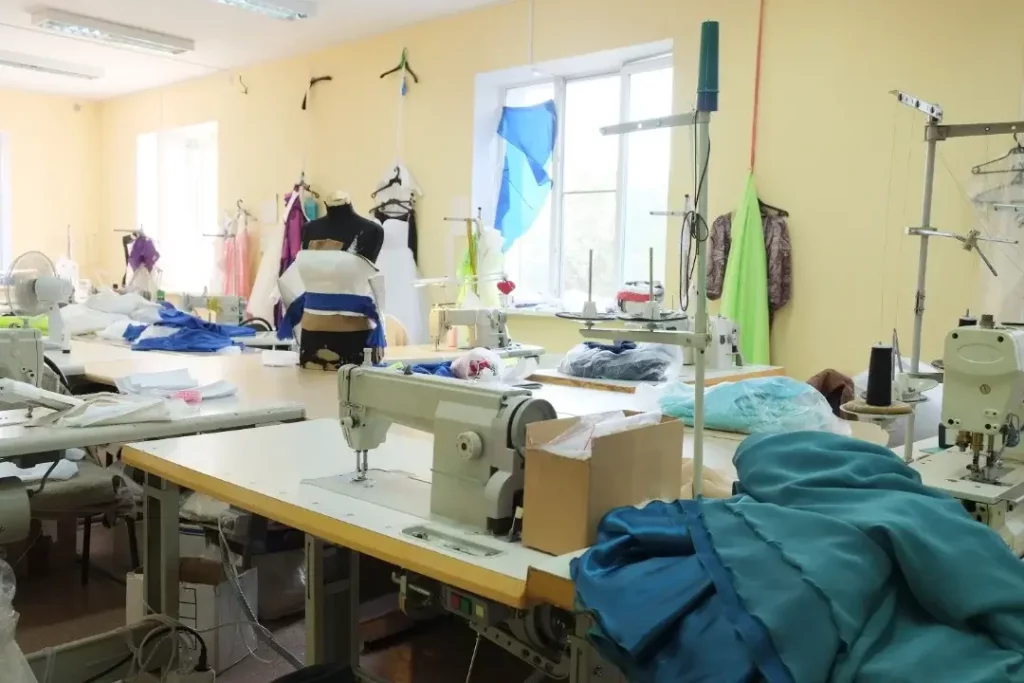Best Type of Material for a Hoodie in Pakistanfor Comfort and Seasonal Wear
Most people in Pakistan don’t realize this, but the same hoodie can feel completely different depending on where you live. A thick hoodie that’s perfect for Murree’s cold won’t survive a day in Karachi’s sticky heat, and it is precisely where most individuals make mistakes. You purchase a sweatshirt that you think looks fantastic online or in a Lahore store, wear it once or twice, and then? It either loses shape, feels too hot, or just doesn’t sit right anymore. If that sounds familiar, you’re not the only one.
We’ve seen it firsthand, hoodies made for the UK or US don’t always feel right in our climate. So if you’re a clothing brand, a retailer, or just someone planning a bulk order, here’s the real deal: you can’t afford to ignore fabric. The type of material for a hoodie in Pakistan decides how your hoodie will feel, last, and look after repeated use. Let’s break it down based on real conditions, real wearers, and local needs.
1. Polyester – For Performance and Durability
Polyester hoodies are built for movement. They’re wrinkle-resistant, dry quickly, and don’t fade fast. These are perfect for humid zones like Karachi, where cotton gets soggy too quickly.
You’ll often see it in gym and sportswear collections. While it doesn’t breathe like cotton, blending it with cotton helps balance comfort and performance.
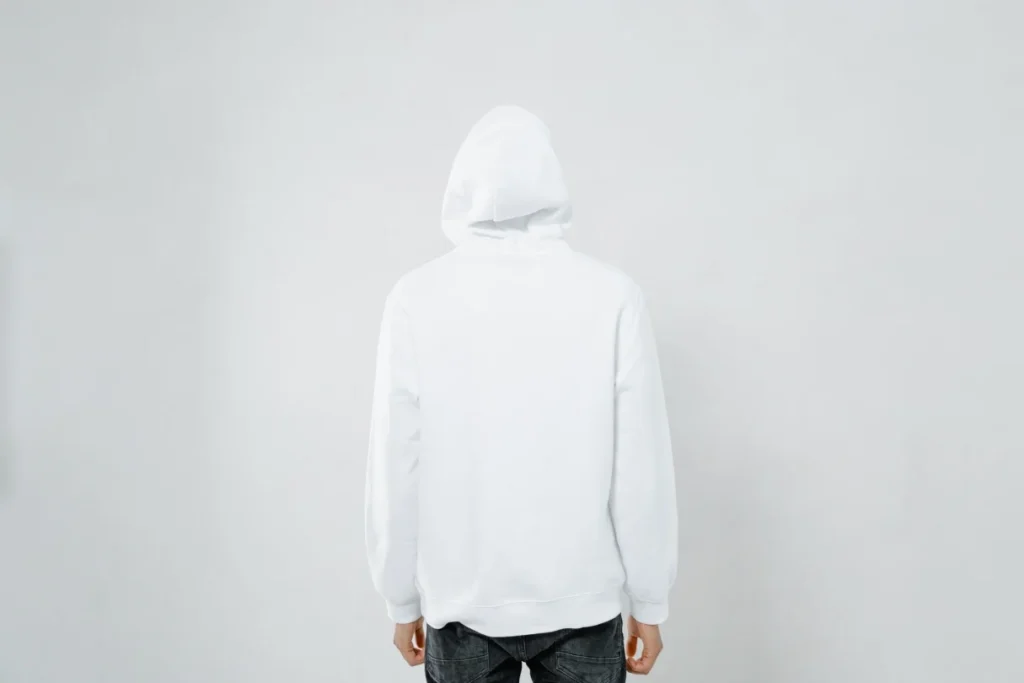
2. Fleece – For the Northern Winters
If you’re up north, Gilgit, Swat, or Abbottabad, fleece is your friend. Fleece is that warm, fluffy lining on the inside of many winter hoodies. It traps heat and keeps you toasty.
During the winter months, fleece hoodies are frequently seen on college campuses, typically paired with cotton or polyester. Fleece is superior when warmth is desired.
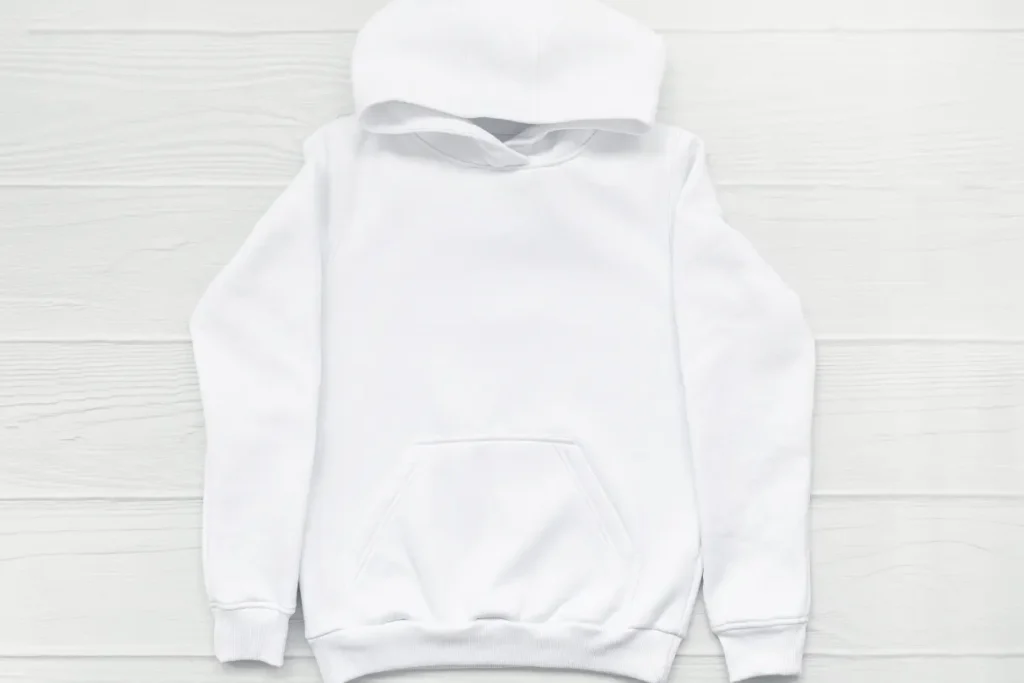
3. Cotton-Poly Blends – The Reliable Choice
Many issues can be resolved by blending cotton and polyester. Compared to pure cotton, these blends are more resilient, do not shrink, and wash better.
Perfect for brands in Faisalabad and Sialkot producing hoodies in bulk. This type of material for a hoodie in Pakistan is cost-effective and dependable.
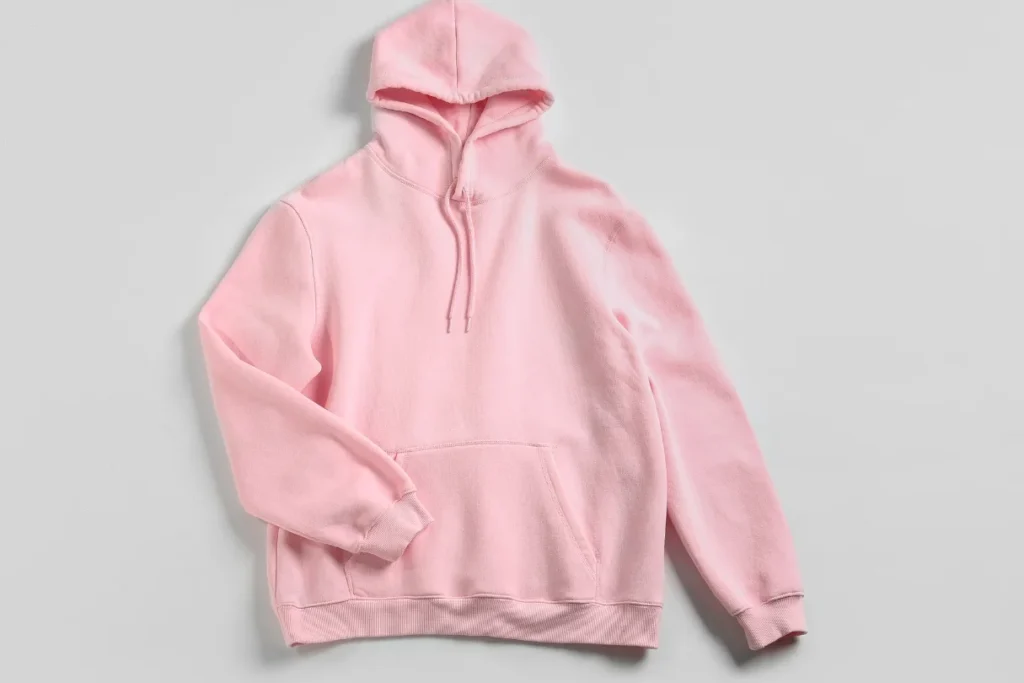
4. Spandex or Lycra Blends – For Extra Stretch
Need that slight stretch for comfort or a fitted look? A small percentage of spandex (like 5%) does the trick. Blended with cotton or poly, it gives hoodies flexibility and shape retention.
Popular in streetwear and women’s activewear. Keeps the fit looking fresh without losing form.
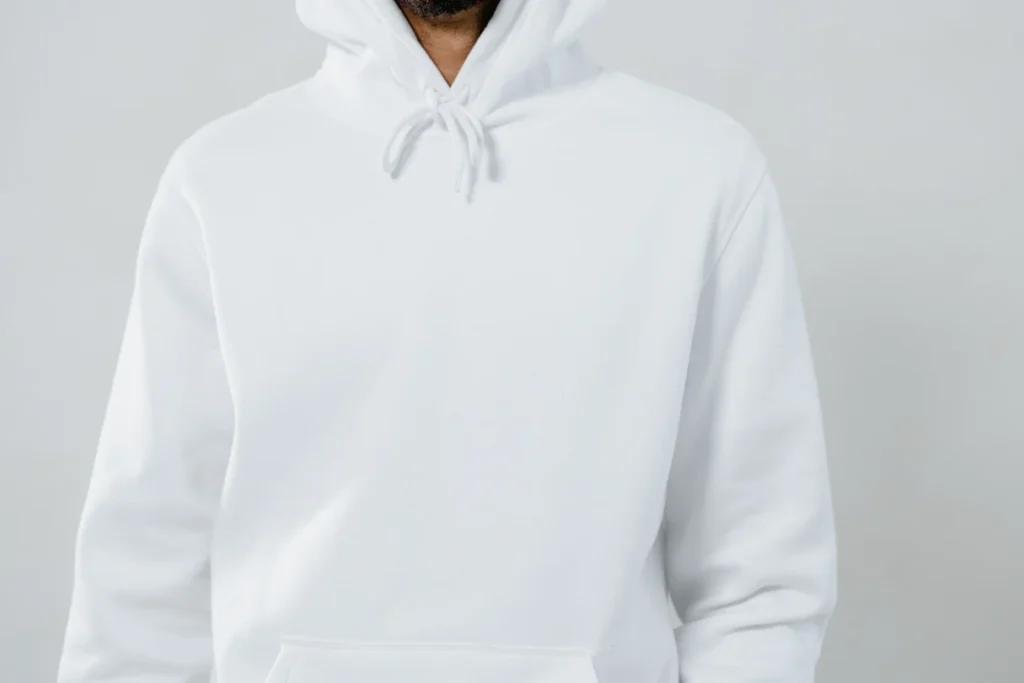
5. Eco-Friendly Fabrics – Gaining Ground
Organic cotton, bamboo mixes, and recycled polyester are making their way into Pakistan’s apparel scene. Great for brands with sustainability goals or selling to international markets.
Still limited in supply locally, but interest is growing, especially among young buyers.
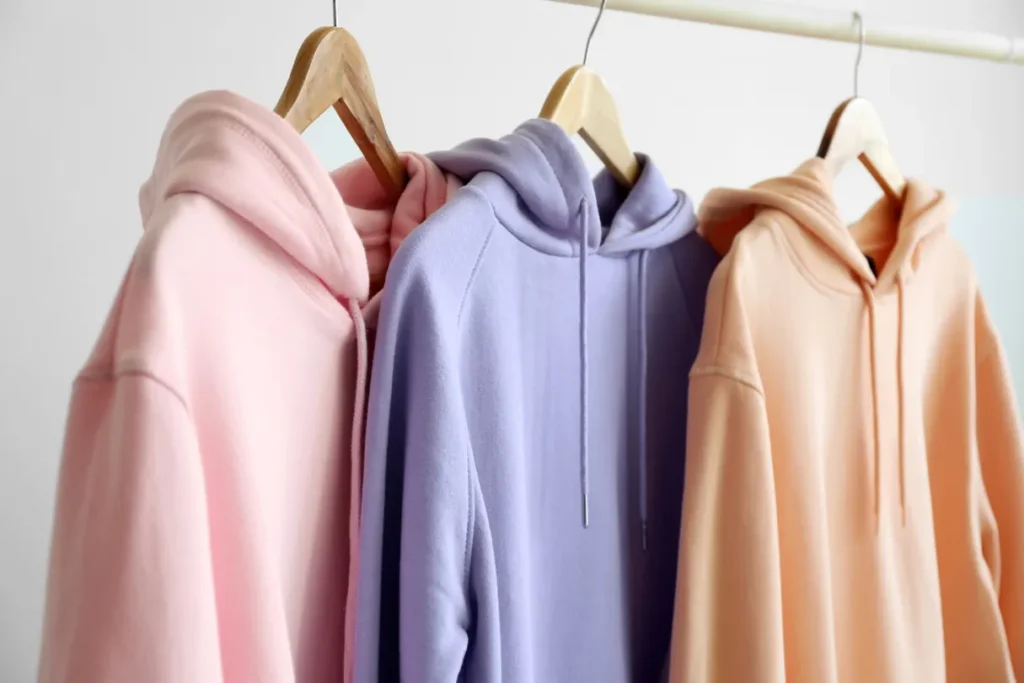
6. Loopback vs Brushed Interiors – What’s Inside Counts
Loopback hoodies feel lighter and more breathable. Fashion-forward spring and fall designs will feature them.
Conversely, brushed interiors are warm and inviting, making them ideal for the winter months. Both are effective; it just depends on where your target audience is.
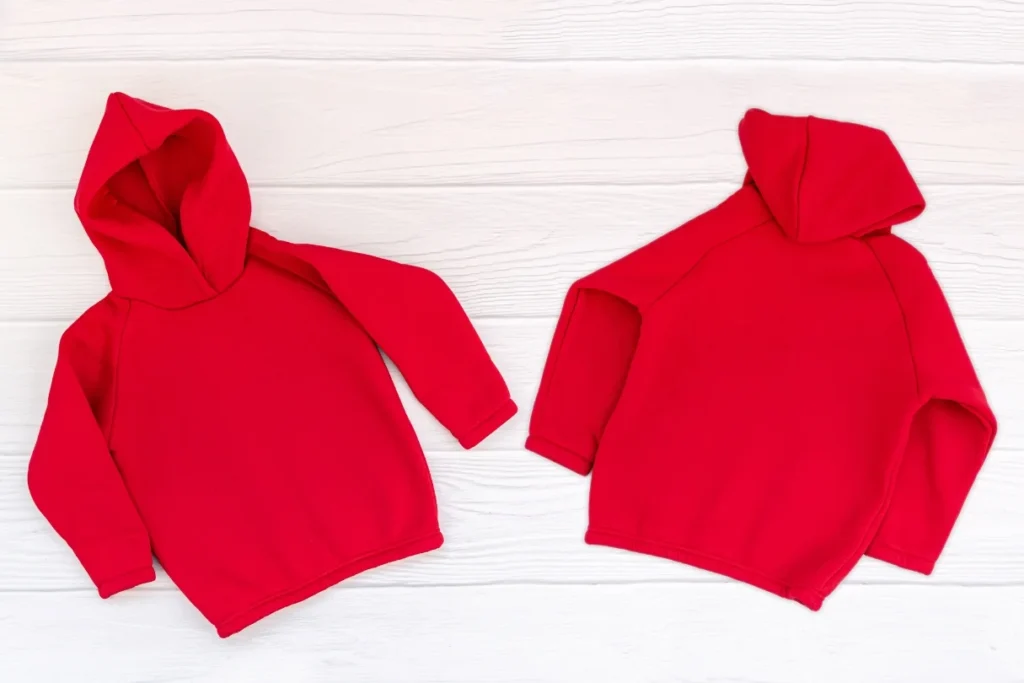
7. Hoodie Weight – Match It with the Region
Hoodie fabric is measured in GSM (grams per square meter). In Karachi, go lighter, 250–300 GSM. In places like Murree or Skardu? Go heavier, above 400 GSM.
Weight affects not just warmth but also durability and how premium your hoodie feels.
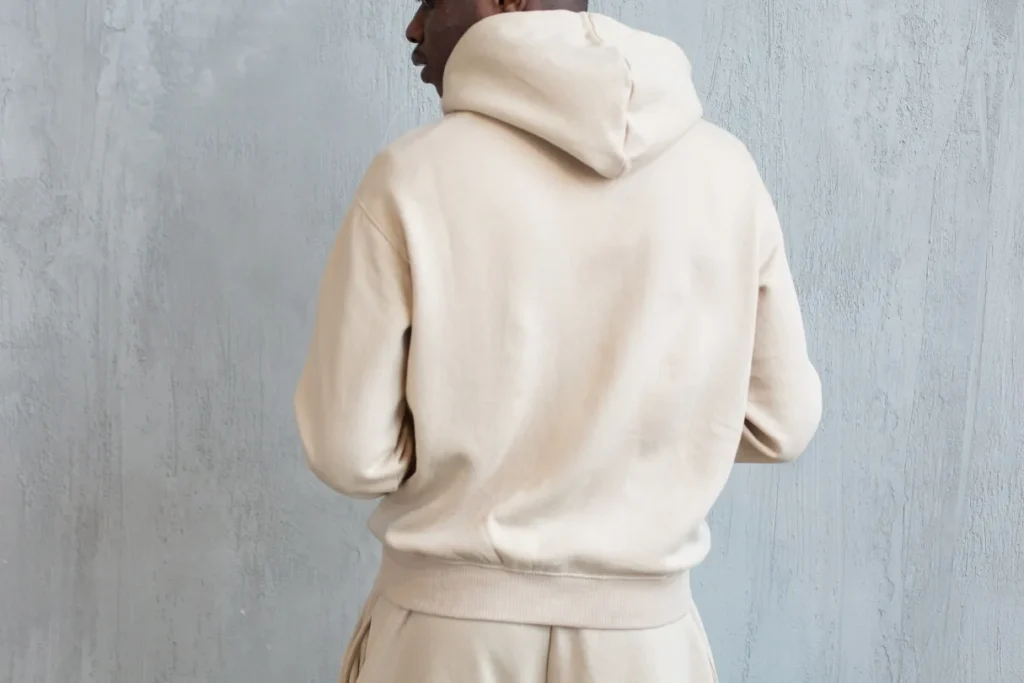
FAQs – Real Answers for Real Buyers
Blended fabrics. Cotton-poly blends outlast most others in local conditions.
Too warm. Stick with lighter cotton blends or loopback.
Yes, but in limited supply. Some mills in Punjab offer them.
Not always. Heavier means warmer, not necessarily more durable.
Brushed fleece-lined cotton. Soft and cozy.
Even 5% spandex adds enough flexibility for daily wear.
Not really. You’ll need different weights for different regions
Final Thoughts
Selecting the appropriate fabric is more than simply a checkbox; it determines whether your hoodie will fit, feel well, and last for the wearer. Choosing the right type of material for a hoodie in Pakistan is crucial, since the climate and way of life vary greatly from city to city. Is it for school kids in colder regions? A streetwear brand in a big city? Or a sportswear line for daily wear? The answer should guide the fabric.
At Rijiz, we’ve spent years working with local mills and textile experts to help brands avoid common mistakes. We assist you in choosing what material makes sense for your customer, not just what looks beautiful, from the very first idea to the very last stitch. We will assist you in selecting fabric that complements your product and your workforce, whether you are starting your label or providing uniforms.
Are you prepared to construct something from the ground up that will last? Let’s make it happen.

